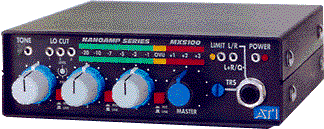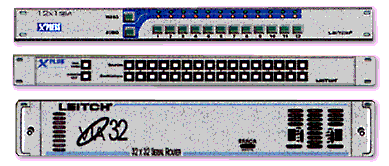Los Angeles, CA. Electric Works Corp. is introducing what it describes as the first professional digital cart machine at WME. The AXS™ PRO CART is software that replaces obsolete audio cart machines or earlier generation digital audio equipment in the broadcast Control room.
The software provides simultaneous operation of all the user tools including log play, instant play buttons, a cart stack and an instant record mode for phone calls or other quick recording. Up to eight audio sources may air simultaneously each with its own fader on screen. In addition, AXS PRO CART includes a complete digital audio production room and a multi-clip digital audio editor (Lazer Blade™).

The main interface window of Electric Works AXS™ PRO CART
“AXS PRO CART has a number of unique features, including total simultaneous operation of all functions without switching screens,” says Electric Works President Pete Charlton. “This includes the instant SoundStream recorder and all the playback functions with up to eight stereo audio sources on the air simultaneously.”
Electric Works supplies AXS PRO CART in a software-only version that works with customer-supplied audio cards; and as a packaged system with Electric Works’ own professional spec MPEG/WAV audio cards for Windows ’95 computers. The software alone lists at $1,000 (US), and the software/hardware package goes for $2,000 (US).

